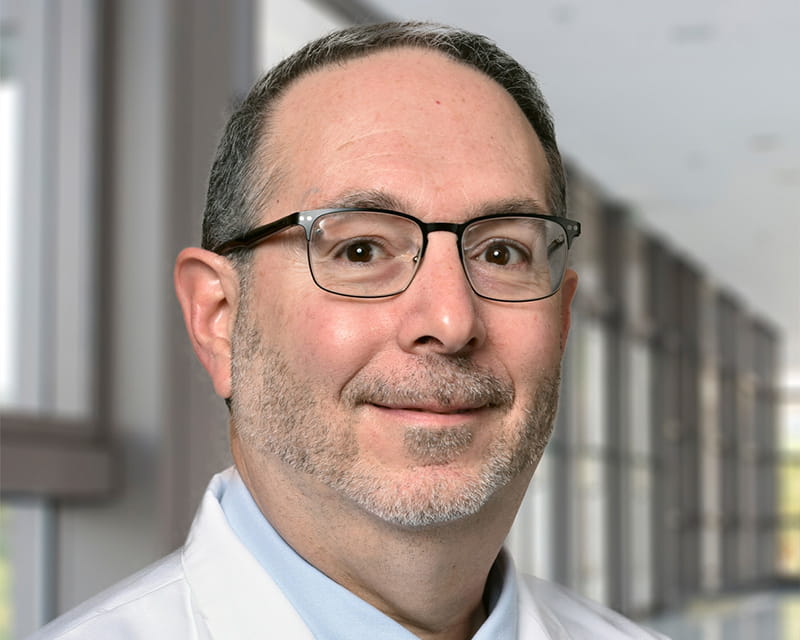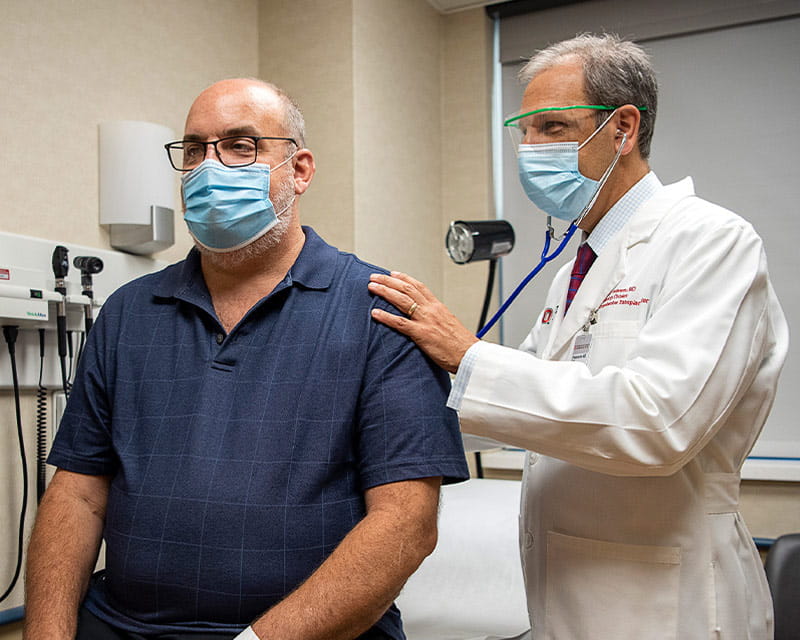
First drugs ever approved for lupus nephritis
 The kidney transplant program at The Ohio State University Wexner Medical Center ranks top 20 in the country for transplant volumes and outpaces national averages for patient outcomes data (best in Ohio), according to public data released July 6, 2021 from the Scientific Registry of Transplant Recipients (SRTR).*
The kidney transplant program at The Ohio State University Wexner Medical Center ranks top 20 in the country for transplant volumes and outpaces national averages for patient outcomes data (best in Ohio), according to public data released July 6, 2021 from the Scientific Registry of Transplant Recipients (SRTR).*
Todd Pesavento, MD, transplant nephrologist in the Ohio State Wexner Medical Center Division of Nephrology and medical director of the Solid Organ Transplant Program, credits the program’s success to a large, experienced and collaborative team focused on transplant innovation.
“We’ve made conscious decisions to try to help as many people as possible,” Dr. Pesavento says. “By that, I mean we care for patients that are older or medically complex — higher risk patients that other programs wouldn’t accept as candidates.”
Dr. Pesavento says the team is also skilled at transplanting organs that others consider less-than-ideal for transplant — kidneys with a Kidney Donor Profile Index (KDPI) above 85.
From 2015–2018, the medical center was part of a United Network for Organ Sharing and Centers for Medicare and Medicaid Services project aimed at getting transplant centers to use more high KDPI kidneys.
“Among the 20 centers involved, we were the second biggest program in that demonstration and used the greatest number of high KDPI kidneys,” Dr. Pesavento says. “Our team is skilled at managing care for these recipients to ensure successful outcomes.”
Some transplant centers saw significantly reduced volumes during the height of the COVID-19 pandemic. While the Ohio State Wexner Medical Center’s living-donor kidney program saw a slight volume reduction to 65 in 2020, its deceased donor program outpaced the 215 transplants performed in 2019 with 280 deceased donor transplants in 2020.
Keeping volumes steady and growing, Dr. Pesavento says, was an uptick in referrals from centers whose programs were on hold or slowed due to COVID-19. The medical center also saw growth from several initiatives that began to take hold in the early months of the pandemic. These included the Ohio State Wexner Medical Center’s research-backed move to transplant hepatitis C-positive kidneys into hepatitis C-negative patients, as well as advances in using organs with long cold ischemia times.
“Our patients have traditionally benefited from getting organs with short cold ischemia times —primarily because our Organ Procurement Organization is so close to our facility,” Dr. Pesavento says. “But with changes to organ allocation, we now get kidneys from all across the country. We mitigate the risk inherent to organs with long cold ischemia times using the latest technology and most advanced post-transplant management.”
Dr. Pesavento says that, while volumes matter, he’s focused on outcomes.
“Of course, we want to do as many transplants as we can — as safely as possible — to help as many people as we can,” he says. “But, ultimately, good outcomes are what’s most important.”
The medical center’s kidney transplant team will soon begin an industry-sponsored study to reduce the need for long-term immunosuppression drugs following a living-donor transplant.
For this research, Dr. Pesavento is collaborating with experts from the Blood and Marrow Transplant Program at The Ohio State University Comprehensive Cancer Center – Arthur G. James Cancer Hospital and Richard J. Solove Research Institute. The team will extract stem cells from the bone marrow of living donors and infuse those cells into the transplant recipient. The hope is that this stem cell treatment will build tolerance within the recipient for the new kidney, allowing them to be weaned off immunosuppression completely.
* SRTR is a searchable web registry that allows for transplant program comparison. Data on SRTR come from the U.S. Department of Health & Human Services Organ Procurement and Transplantation Network.